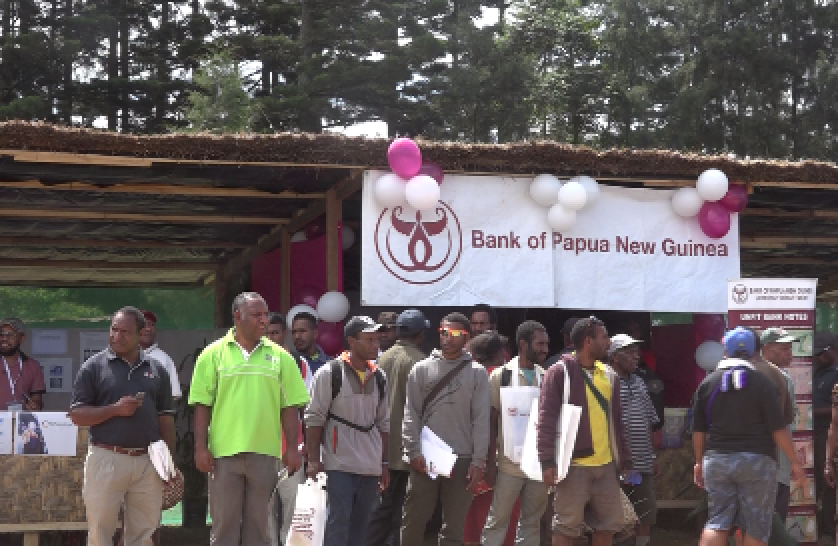People and businesses in all income groups and sectors need financial services to manage their lives, business activities and to achieve economic potential. However, access to financial services remains one of the development challenges for the country, especially to the rural areas of PNG.
It is estimated that 75 percent of the adult population is excluded from the formal financial sector. Collaborative efforts are needed to extend financial services to the unbanked majority.
In 2013, the first National Financial Inclusion and Financial Literacy Strategy 2014-2015 were launched. The aim was to bring together initiatives from the public and private sectors, financial and non-financial institutions, and other stakeholders such as the donor communities and other development partners to expand financial inclusion.
The Policy is housed by the Department of Treasury, coordinated and driven by the Centre of Excellence in Financial Inclusion (CEFI) and the Bank of PNG, in collaboration with key government, civil society, and private sector entities.
In the first two years of its implementation, unprecedented progress was achieved, which include:
• 1,187,024 new bank accounts were opened; 462,939 of which were women.
• 124,375 people reached (47%) women with financial inclusion.
• 67 news branches, 73 ATMs, 4,959 Eftpos, and 233 new agents added onto the financial service network.
• 696,792 policyholders have taken out micro-insurance products.
• 315,993 people now linked their deposit accounts with Mobile Network (Mobile Phone Banking)
Building on these successes and lessons learned, CEFI and the Bank of PNG developed a second National Financial Inclusion Strategy 2016 – 2020. The strategy not only focuses on the provision of access to financial services but increase the use of financial services to improve the standard of living in PNG.
In June 2013 only 20% of adults had an account at financial institutions, since the launch of the first strategy, 37% of adults had an account by June 2016.
However, two-thirds of the population still lack access to any form of formal financial service. Specific groups are affected more than others- rural communities, women, and micro, small and medium enterprises (MSME) – especially those working within the informal economy and in agriculture. Also affected are young people.
The second strategy seeks to address these issues.
Early this month (January 6th) the Bank of PNG, CEFI, and the Education Department entered into an MOU on a National Financial Education Curriculum for preparatory to grade 12 students in the country.
These will pave way for financial education as a Relevant Needs-Bases Curriculum to be integrated into the existing Standard Based Curriculum. Basic Financial Skills such as Budgeting, Income Generation, Investments, and Credit will be integrated and taught in 48 schools in the country.
Bank of PNG Governor Loi Bakani, when speaking at the MOU signing says it is about ‘doing it right’ for the younger generations.
Since the launch of the first strategy in 2013, the Financial Inclusion program much emphasis was placed on ‘Adult Financial Literacy’. The second strategy, however, includes a much younger group.
Financial Inclusion leads to positive impacts on economic and social development. It can help reduce poverty and inequality by helping people to invest in the future and manage their finances properly.
While the two strategies have achieved unprecedented progress, there is still a lot of work yet to be done.
The Bank of PNG and CEFI remains committed to working with all government agencies and stakeholders to implement these policies and to achieve the goal of building a financially included community.
previous post
next post
Jana Zoriry
She hails from a mix parentage of Morobe and Manus, and graduated from the University of Papua New Guinea with a Bachelor of Arts in Journalism and Public Relations.
Love meeting new people and love writing stories. A beautiful soul behind an hard shell.


